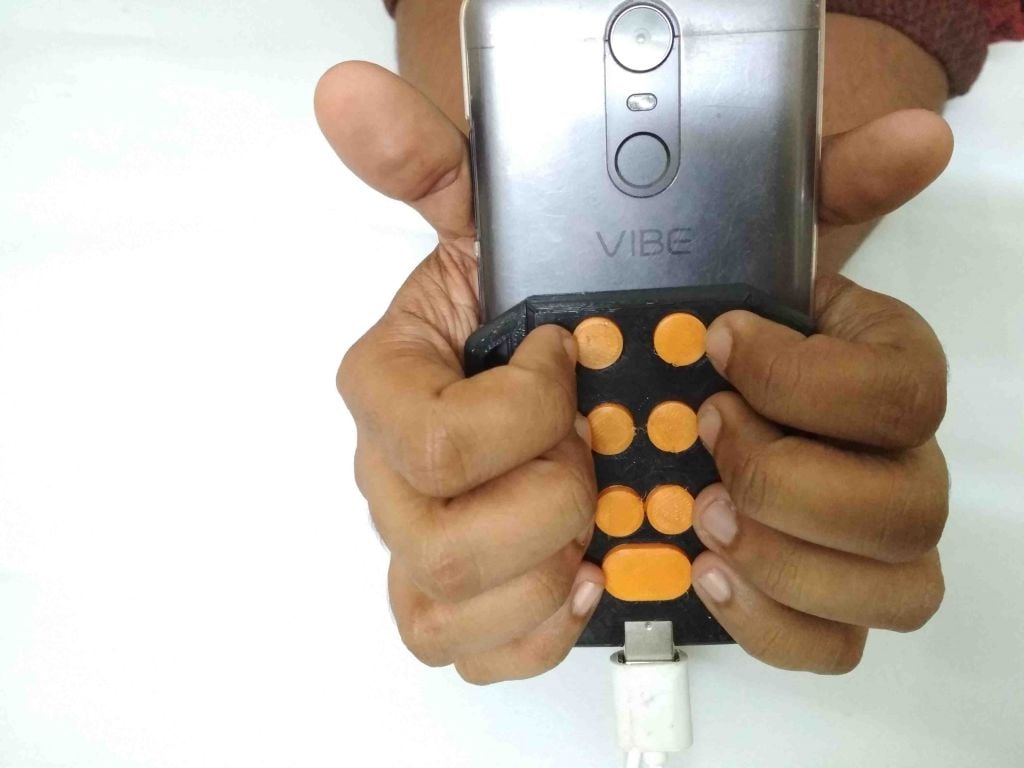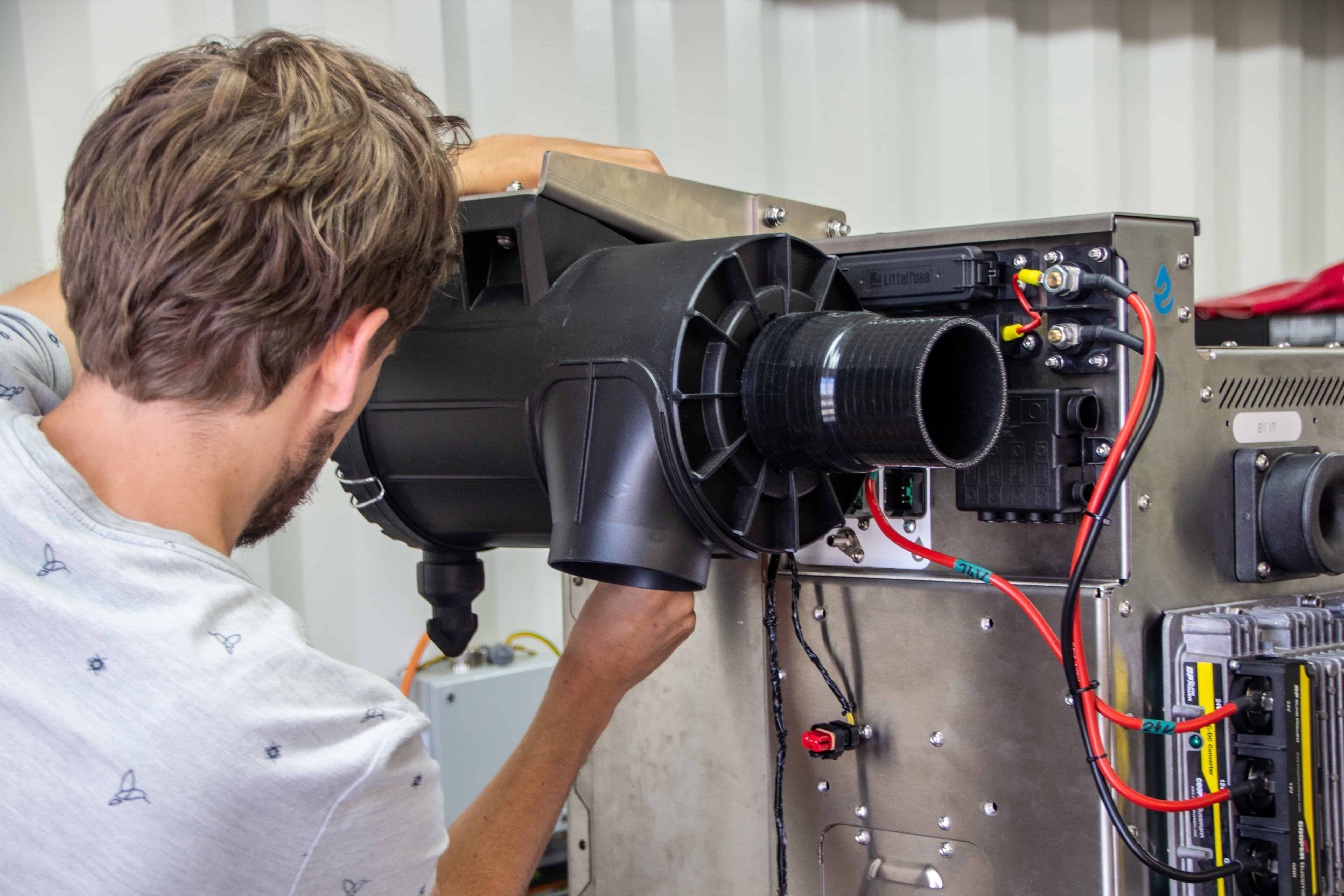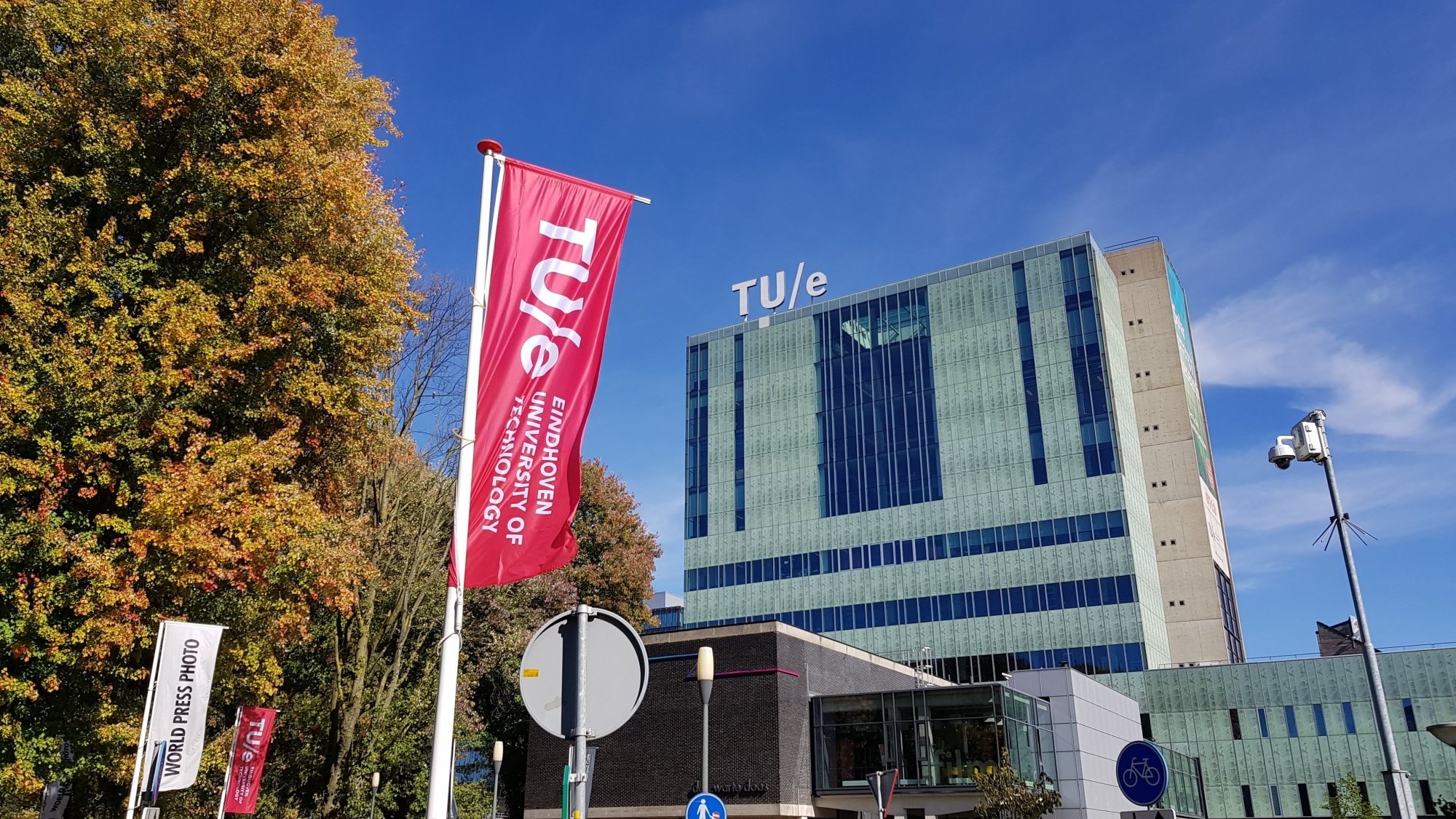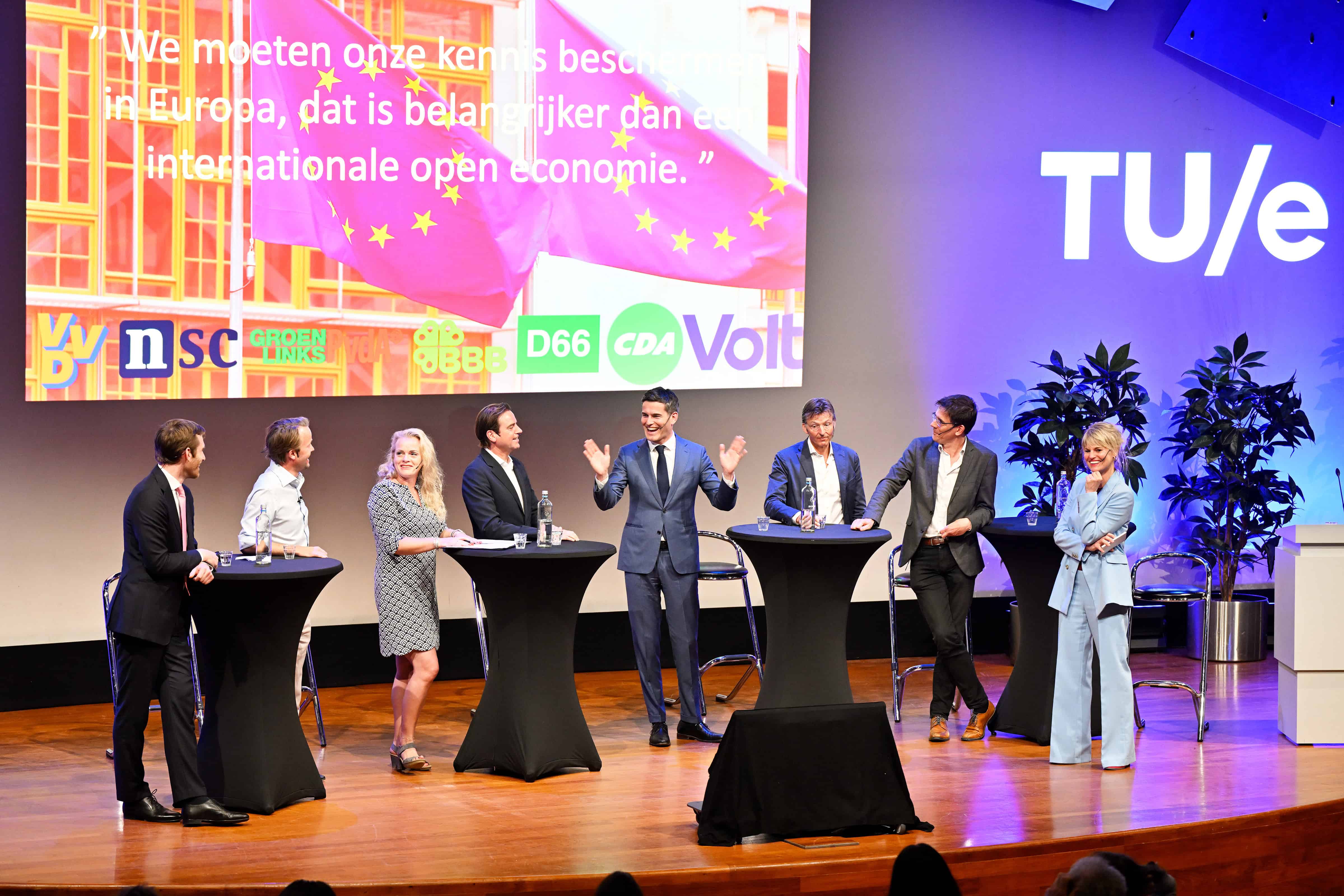
Pretty much all of us take our smartphones for granted these days. But for the world’s estimated 250 million visually impaired people [World Health Organisation, 2017], modern smartphones’ buttonless surfaces have become a real barrier in letting them connect to an increasingly digital world.
That’s why Ayushman Talwar – an Industrial Design master student at TU/e – is developing a special braille keyboard named ‘Tipo’, designed to help blind and visually impaired people use smartphones with ease.
Current smartphone interface solutions for blind people tend to involve voice recognition software, or large desktop braille keyboards. But as Talwar explains, these solutions (voice interfaces especially) are clumbersome and bring their own problems.
“There’s currently no interface like this for the smartphone. There are big keyboards for laptops and tablets, but for phones, the bigger companies have mostly concentrated only on developing speech-to-text. Siri, Alexa, those kind of things”.
“Voice interfaces like that are thought of as the future for us. And it might seem relatively convenient for the visually impaired, but it’s not something that they like. If you’re blind, you’re not sure how many people or who exactly is around you. They need and want a sense of privacy”.
“You’ll also likely not hear a passionate conversation between a couple via a voice interface for instance. This is something you only learn when you talk with blind people, then you realise the difference between how we communicate, and how they feel they are able to communicate”.
Drawing from the design of traditional braille computer keyboards, Tipo takes the form of a small 3D printed attachment which clips onto the back of almost any modern smartphone and connects to it via a USB-OTG cable. By pressing various combinations of Tipo’s six push-buttons, users are able to input any text they wish, with Tipo’s inbuilt circuitry translating the braille key presses into a standard text format that smartphone applications would be familiar with.
Talwar first developed the idea along with colleague Vijay Raghav Varada, as a side project while studying electronic engineering at the pair’s former university in Karnataka, India. Seeing the value of such an assistive technology product, the team have continued to develop it alongside their various work and study commitments. “I think because my dad is a doctor, I somehow feel an urge to do such things”, explains Talwar. “But also my grandad is visually impaired, which makes it important to me”.
Understanding the need for blind and visually impaired people to inform the design of their product, the team has worked with charities and NGOs to put Tipo through rigorous testing back home in India. As a result they were able to uncover problems in the early design concepts.

“When we tested it the second time, we realised how they used braille is way quicker than we even imagined it to be”, says Talwar. “They actually type like how we type on a keyboard – very fast! And they prefer not to raise fingers between letters. So that’s something we had to change for the finished design”.
Since winning the Hackaday design-blog’s Best Product Design award for 2017, Talwar and the team have opted to make their initial design for Tipo’s hardware and software open-source, so that anyone with access to a 3D printer can easily make one for themselves.
Now though, the team is working on a brand new and updated version of Tipo – one which will also allow users to ‘read‘ braille through subtle movements of its buttons, in addition to simply inputting text. As well as dramatically improving their communication experience, Talwar believes this two-way responsive version of the device has potential as a braille learning tool for the estimated 90% of blind people worldwide who have not been taught the writing system.
Continuing to work on the product in his own time, Talwar is currently reaching out to several Dutch blindness foundations – as well as looking to collaborate with companies in the Eindhoven startup ecosystem – to help with development and testing of this final version of the product. “We have already tested the prototype with the first few users and are looking for a small investment to build next 500 devices”. The eventual aim is to make this fully responsive version of Tipo available to the visually impaired through healthcare providers at some point in the future.
Tipo is one of 20 finalists competing in this year’s TU/e Contest, due to be held next week on Tuesday 22nd May.








